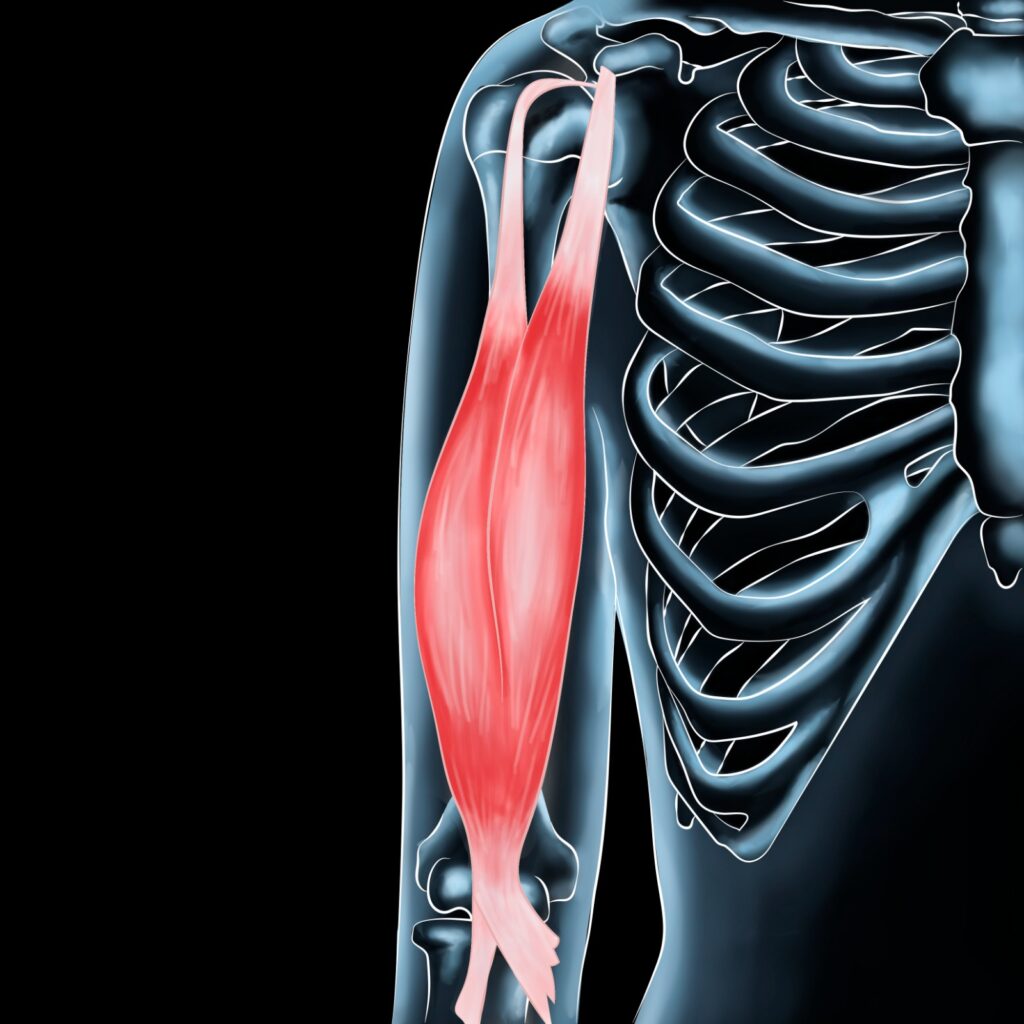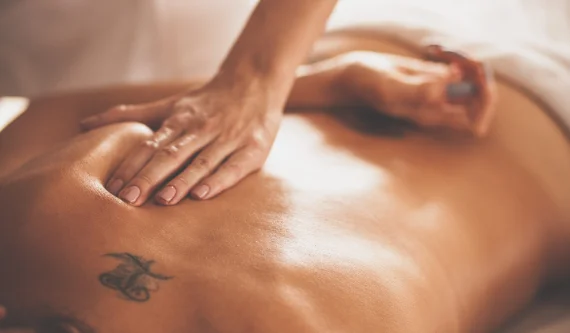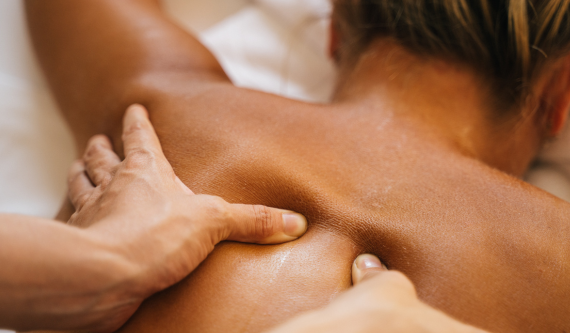The Importance of the Biceps Brachii for Active Individuals
Did you know that your biceps brachii muscle, the prominent two-headed muscle of the upper arm, plays a crucial role in everyday activities like lifting, carrying, and throwing? For active individuals in Edmonton and Sherwood Park, understanding how to care for and strengthen this muscle is essential to maintaining peak performance and preventing injuries.
The biceps brachii isn’t just about aesthetics or arm strength—it’s vital for elbow flexion, forearm rotation, and even shoulder stabilization. Whether you’re hitting the gym, enjoying outdoor sports, or managing demanding physical routines, the biceps brachii deserves your attention.

Understanding the Biceps Brachii Muscle
The biceps brachii muscle originates from the shoulder blade and inserts into the forearm’s radius bone. Its key functions include:
- Flexing the elbow joint (e.g., lifting a dumbbell).
- Rotating the forearm (e.g., turning a doorknob).
- Stabilizing the shoulder blade during arm movements.
This muscle’s versatility supports everything from athletic pursuits to fine motor tasks like typing or playing an instrument. However, its frequent use also makes it prone to strain and overuse injuries.
Common Issues with the Biceps Brachii
Active individuals may encounter several challenges related to the biceps brachii muscle:
- Strains: Caused by overuse or sudden movements, strains result in pain, swelling, and weakness.
- Tendinitis: Inflammation of the tendons leads to stiffness and discomfort in the elbow or shoulder.
- Bursitis: This inflammation of fluid-filled sacs in the shoulder causes pain during arm movements.
- Muscle Imbalance: Overdeveloped biceps compared to the triceps can lead to strain and poor biomechanics.
Seeking timely treatment—whether through rest, physical therapy, or interventions like therapeutic massage—can prevent further complications.
Stretching Your Biceps Brachii
Incorporate these gentle stretches to improve flexibility and reduce tightness in your biceps brachii muscle:
- Arm Across Chest Stretch
- Raise one arm across your chest.
- Hold the elbow with the opposite hand and gently press.
- Hold for 20-30 seconds on each side.
- Doorway Stretch
- Place your hands on a doorframe at shoulder height.
- Step forward to feel the stretch in your upper arms.
- Hold for 20-30 seconds.
- Wall Stretch
- Face a wall, place your hands against it, and step back slightly.
- Lean into the stretch, holding for 20-30 seconds.
Stretching regularly, especially before and after exercise, can reduce stiffness and prevent injuries.

Rehabilitating a Biceps Brachii Injury
Injury to the biceps brachii requires a structured rehabilitation plan:
- Rest: Avoid activities that stress the muscle.
- Ice and Compression: Reduce swelling and alleviate pain with ice packs and elastic bandages.
- Elevation: Keep your arm elevated to reduce fluid buildup.
- Physical Therapy: Strengthen and restore the muscle with guided exercises like resistance band curls or gentle stretching.
Consulting a specialist at Athlete’s Choice Massage in Sherwood Park can provide tailored support for your recovery journey.
Strengthen and Protect Your Biceps Brachii
Prevention is key to maintaining strong, healthy muscles. Here are some tips to support your biceps brachii:
- Perform balanced strength training to avoid overloading the biceps.
- Use proper form during workouts and everyday activities.
- Incorporate recovery treatments such as deep tissue massage to alleviate muscle tension.
Empower Your Active Lifestyle
Caring for your biceps brachii muscle is essential for maintaining strength, agility, and injury-free performance. This two-headed muscle plays a crucial role in nearly every arm movement, from lifting and carrying to throwing and pulling, making its health and functionality a cornerstone of your active lifestyle.
Whether you’re an athlete, fitness enthusiast, or someone tackling physically demanding tasks, prioritizing muscle care goes beyond just workouts. Incorporate regular stretches to enhance flexibility, balanced strength training to prevent imbalances, and recovery techniques such as deep tissue massage or therapeutic massage to alleviate tension and improve circulation. By taking these steps, you’ll not only boost your physical performance but also reduce the risk of overuse injuries, ensuring your body remains resilient and ready for life’s challenges.





